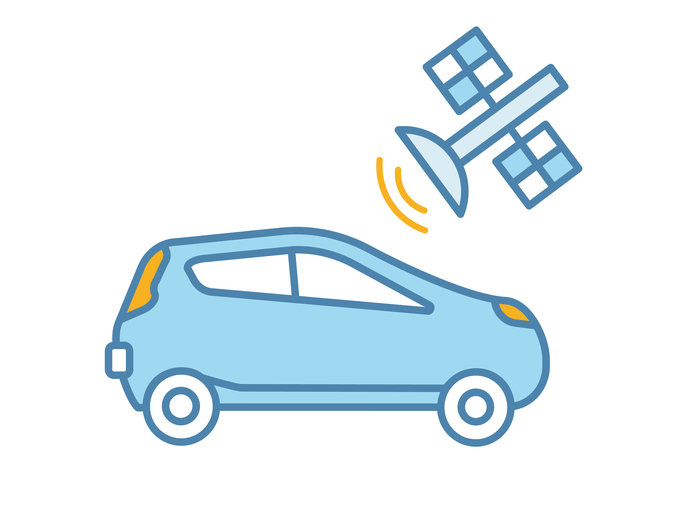New system prevents fooling of a vehicle’s GPS tracking
Cybersecurity and radio attacks are a growing concern for the automotive industry. With the advent of automated vehicles, geolocation technologies are increasingly concerned with jamming and spoofing of the vehicle location. These widespread rising threats can potentially lead to loss or fake positioning, severely impacting on the delivered services. A need for resilience The increasing availability and usage of low-cost radio jamming devices is making it relatively easy to maliciously jam the Global Navigation Satellite System (GNSS) signal. Satellite spoofing or the deliberate distortion of the GNSS signal to give false positioning data is an equally serious threat that is also making navigation technology susceptible to service outage. The need for resilient position, navigation and timing (PNT) in GNSS receivers is mandatory to decrease vulnerability to low-cost threats. “Utilising the latest software-defined radio technologies is an easy and affordable way to counterfeit GNSS signals in real time,” notes Marie-Laure Mathieu, who has been leading the EU-funded project FOSTER ITS(opens in new window). Its main aim was to offer a secure GNSS solution, robust against GNSS signals attacks as well as physical and logical attack on the module itself. Multiple ‘security’ shields FOSTER ITS developed a new generation of GNSS receivers designed to improve resilience and trust in PNT computed by satellite navigation systems. The new module can successfully detect intentional interference attempts such as spoofing and jamming. “FOSTER is the first GNSS solution embedding specialty hardware security for intelligent transport systems,” notes Mathieu. The module integrates a multi-constellation GNSS chipset (STMicroelectronics’ TESEO III offering reduced power consumption), a secure microcontroller unit (MCU) and several motion sensors in a single casing. A set of interfaces such as a controller area network bus allow communication between MCUs and devices. Improved robustness against GNSS spoofing is ensured through a set of countermeasures. Cipher and digital signature schemes also verify the authenticity and integrity of the delivered information. In case satellite signals are identified as non-trustable, the GNSS receiver module uses dead-reckoning algorithms to calculate the precise position from various sensors such as 6-axis accelerometers and gyroscopes. Integration with such external inertial sensors forms a barrier against intentional attacks, increasing the robustness of the navigation system. The module offers a secure solution for critical PNT applications in ITS such as road user charging, smart parking, pay-as-you-drive or fleet tracking. This is especially relevant for the new smart tachographs, which will use GNSS as a second motion sensor as mandated by the new EU Regulation. Pre-testing and type-approval testing helped ensure the module compliance with the Electromagnetic Compatibility, EMC, Directive, the European Radio Equipment Directive, REC, and the United Nations Regulation on Accident Emergency Call Systems, AECS. FOSTER ITS solution is also relevant for other applications. These include secure geofencing to prevent careless drone flying as well as critical infrastructure such as telecommunications and computer networks or energy generation that rely on GNSS timing receivers to synchronise their networks and monitor sites.







